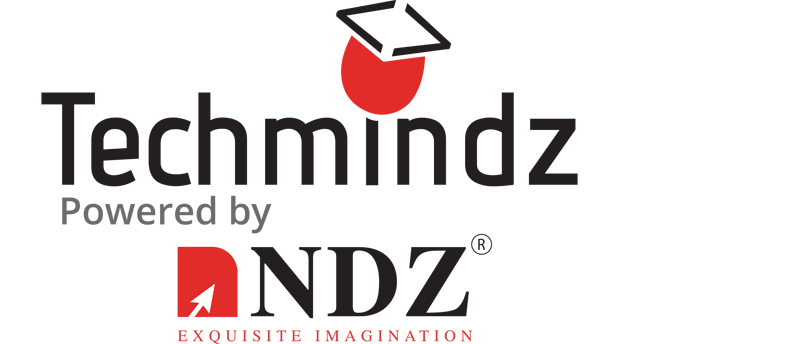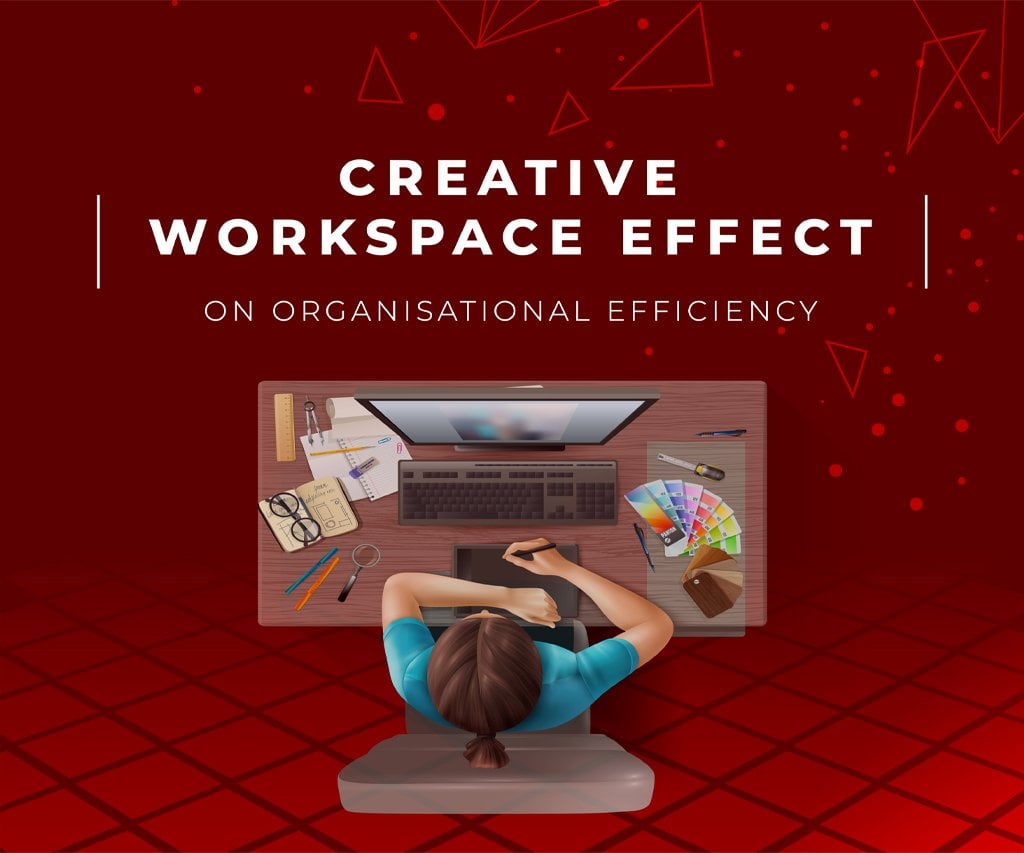How your creative workspace has a proportionate effect on organizational efficiency
Wouldn’t you prefer to work at a place that fosters efficiency, encourages creativity, and reduces clutter? Many solutions to increase employee efficiency have been adopted in the past two decades. There has been drastic evolution in modern offices. During the 2000s, cubicle farms started to witness a steep demise. The gradual rise of open floor plans followed this. As the name suggests, it is the office layout where employees work in the same open space on the same floor. This layout’s unique feature is that it makes communication easy among employees. Companies started to favour the horizontal hierarchy system, which, in turn, provided greater employee autonomy.
Another trend which emerged was the concept of co-working. This emerged in 2005 and was credited to Software engineer Brad Neuberg’s San Francisco collective workspace. Businesses do not require to set up a space for running their operations. A co-working space is furnished with internet connections, collective bike rides, a cafeteria, and meditation and massage. A study has estimated that co-working spaces increased from 160 to 19,000 in a decade from 2008 to 2018. Trends in a workspace keep updating. However, the effect of an office workspace environment on an employee is constant.
The workplace environment impacts employee productivity, engagement, and morale. The design of the workstations, choice of furniture, ventilation and lighting systems, noise controls, and design to facilitate during an emergency are a few factors that impact motivation and performance levels.
According to a study by the American Society of Interior Designers (Chandrasekar, 2011), few managers identified efficient utilisation of space as the most important aspect of the work environment.
According to another study (Palvalin, 2017), an employee’s well-being is one of the major drivers of productivity. Thus, change in the work environment has a direct impact on the well-being of an employee.
Traditional most sought-after elements in office space are:
- Quiet working space
- A window view
- Adequate office size
- Live indoor plants
- Natural light
- Bright colours
- Reduced clutter
Let us see how creative workspaces have increased organisational efficiency:
Creative workspaces are synonymous with employee productivity
Employees are engaged when they have an environment fostering creativity and efficiency. Engaged employees remain motivated and are committed to their employers. This, in turn, helps in achieving a business goal. According to a study by the Workplace Research Foundation, 40% of engaged employees are among the most productive.
Productivity is encouraged by a sense of belonging and creativity
Employees who think outside the box help the free exchange of ideas. This is very important to prevent an organization’s practices from becoming obsolete. A company that values and empowers employees’ freedom directly helps organizational efficiency. Personalising the workspace has proved to increase the emotional connection to work. Items such as a personal desktop calendar, framed photos of the family on the desk, and a personal bulletin board at each workstation can help the employee become comfortable while working.
Another example of a creative workspace is the activity-based workspace, also called ABW. These workspaces are characterised by open office spaces for impromptu meetings and collaborations, phone booths for private calls, quiet spaces for focused work, and creative spaces designed to enhance informal interactions. An ABW design is used in hybrid work models. Thus, it blends both remote and on-site work.
A touch of green to the workspace
Ron Radu, the co-founder of Léon & George, said that plants create an environment boosting employee productivity. Radu also said having a workspace with many plants produces cleaner air and motivates employees to be more energetic and creative. Plants help in providing fresh air and rejuvenate the environment. They act as an insulant against noise pollution by absorbing sounds. The 2015 Human Spaces report stated that nearly two-thirds of 7,600 office workers in 16 countries had no live plants in their workspaces. Those workspaces which incorporated the natural elements had a higher well-being score.
Creation of Opportunities for Movement
Jamie Fertsch, director and co-founder of Xdesk, a U.S.-based company that manufactures customized and ergonomic desks out of environmentally friendly materials, quoted that “The best way that I stay focused during a long day of work is to acknowledge when I have hit a productivity wall and to take lots of short, quick breaks to gain a new perspective on what I am working on”. They have devised a stand-to-sit desk to encourage movement in the workspace. Many companies have spread their office layout to accommodate computers, central water coolers, copy machines or phones on further ends of the room to encourage movement. Productivity is not directly related to time spent on a task. Refueling in between help in gaining momentum at work. Also, including sliding walls and flexible furniture such as chairs, tables, and whiteboards that are lightweight or on wheels helps effectively utilise resources.
Companies like Google, Apple, and Facebook have received media attention for their unique workspaces. There is a direct correlation between creativity and innovation in a firm’s performance, success, and long-term survival. In a nutshell, there should be a balance between open and closed office layouts. Also, flexible furniture positively influences creativity by facilitating employees to work in individual and group settings. Finally, employees’ specific spaces for relaxation and social interaction foster creativity.









0 Comments